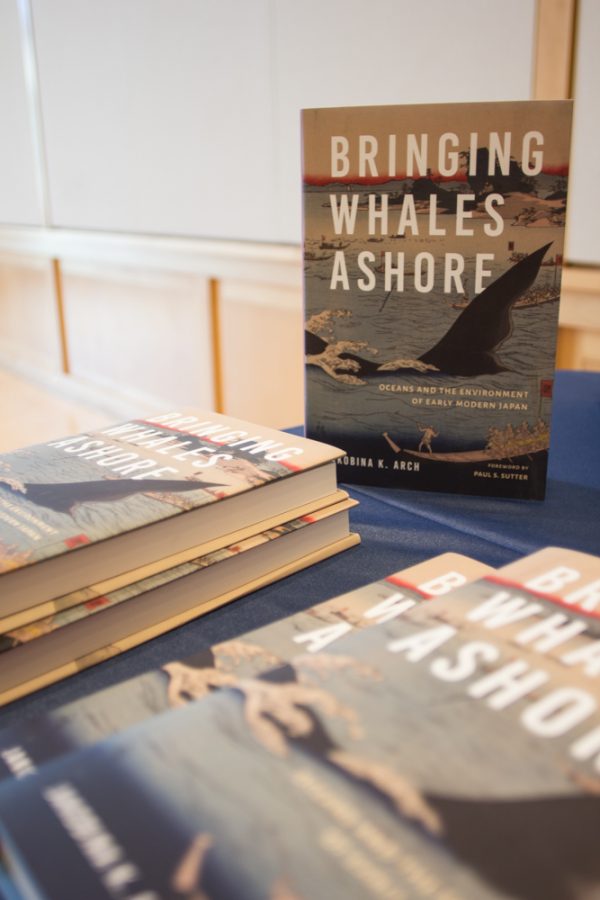Painfully patient and dauntingly deliberate, Steve McQueen’s (not to be confused with the American actor) film ‘Hunger’ is an intrepid look at the last few weeks of IRA hero Bobby Sands without the glossy, feel-good swathe you’d expect from a new feature film director. The artist-turned-feature-film-director is no stranger to film. In his art, which won him the Turner Prize in 1999, McQueen typically projects black and white, silent films onto one or more walls of an enclosed space in an art gallery. He has cited nouvelle vague and the films of Andy Warhol as his inspiration, and, fortunately, he has seamlessly carried these inspirations with him to his new cinematic quest: feature films. Some have called ‘Hunger’ another “art project” in an attempt to criticize its ‘artsy,’ ‘silent-film’ quality, but is “art” not what all films try to achieve in the first place?
‘Hunger’ is indeed artsy – that pejorative term people use for things they just don’t get – and that is what makes it beautiful. It is told from several perspectives, transitioning fluidly between each: Bobby Sands, the IRA guerilla who started the 1981 hunger strike; Raymond Lohan, the type-A guard who is the prison hygienist; cellmates Davey and Gerry, the former a new IRA prisoner who is described as a “non-conforming prisoner” and the latter a weathered IRA prisoner who has perfected the art of smearing feces on his cell wall; and, arguably, a nameless priest, who talks with Sands for an uncomfortably long, yet necessary amount of time about the morality of a hunger strike.
The film opens nearly wordlessly. Lohan, the prison guard, is preparing for work. You see his bloodied knuckles, but don’t understand. You watch him check underneath his car and start it, but don’t really know why. You notice his wife holding her breath before he starts the car, and assume paranoia. Suddenly, you meet Davey, the new prisoner. He is asked one question by a guard behind a desk: will you wear the uniform? Not a word more before he is stripped naked and given only a blanket upon which to sleep.
The juxtaposition of these two scenes – one led by the prison guard, the other by the prisoner – sets McQueen’s ideal tone of ambivalence for the rest of the movie. He does not take sides, for to do so would be to undermine his scathing critique of violence over politics. Rather, he provides a study of violence – corporeal, psychological, and aesthetic – that is uncompromising and unflinching. Though you may flinch at several times throughout the movie (don’t worry, I did), his camera does not. A long, patient shot of a prison guard soaping and subsequently sweeping away prisoner’s urine that made it to the prison corridor far exceeded the violence of an IRA assassin shooting a prison guard, who was visiting his mother at a retirement home, in the back of the head.
McQueen’s ambivalence is highlighted in an over 20 minute scene in which Sands and the priest are sitting down, alone, in the prisoner meeting room. The movie’s entire backdrop (i.e. history) is unpackaged: the 5 year protest by IRA prisoners, the first hunger strike, the priests’ former sympathy for the IRA, Margaret Thatcher, and the IRA’s claims for political status, among others. The scene is as much a history lesson as it is an exercise in patient, ambivalent cinematography. The camera (for nearly the whole scene) is positioned at a comfortable distance from the conversation, such that Sand and the priest, as well as the table that separates them, can be seen in their entirety. No taking sides. Just listening and observing.
The film’s overly symbolic ending is, perhaps, what obstructs it from reaching greatness. The days, weeks and months wane quickly. The drama becomes slightly watered down. It felt as though an ounce of truthfulness had bled out of what would have been a near perfect film (if it is even appropriate to suggest that overly Platonic notion). Nonetheless, ‘Hunger’ is a profound, emotive and painful film – in a good way – that will require your undivided attention for every second of its modest 96-minute length. It is a film that will make you think. I know of no higher praise.
Reel Score: 9 (out of 10)
The film ‘Hunger’ will likely not come to Walla Walla until it reaches the Penrose Library. It should have, however, already opened in most major cities.









